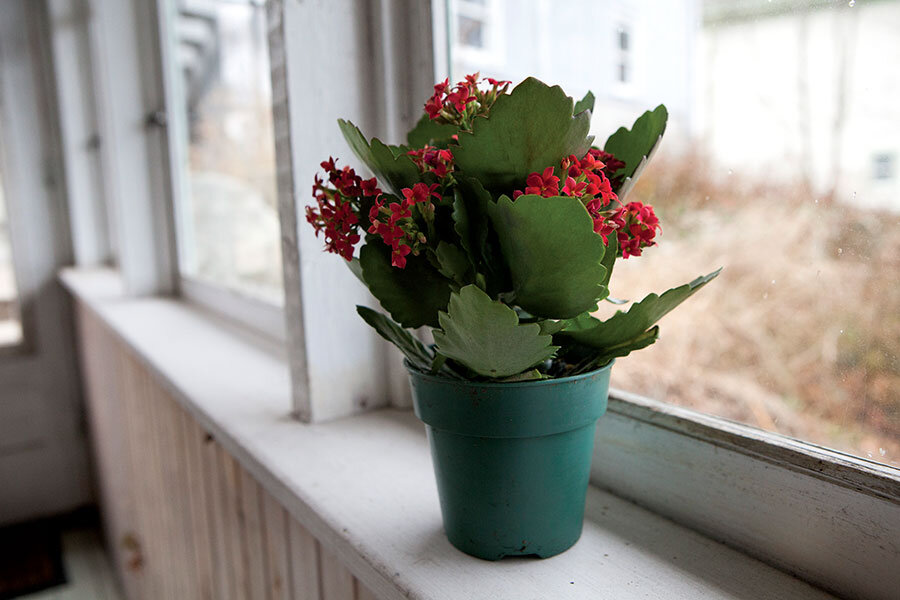6 myths about houseplant care
Loading...
Every indoor plant collection tells tales about us, their gardeners. A lush Norfolk pine (Araucaria) that sweeps the ceiling implies longevity in place, but a half-naked weeping fig tree (Ficus) tells of frequent moves. A peace lily (Spathiphyllum) speaks of a memorial gift while a mixed succulent dish came home from a silent auction.
Myths and pure drivel about indoor gardening abound.
Myth No. 1. Every houseplant has different needs, and the more exotic the plant, the more complicated it is to tend.
The truth is that all houseplants thrive on routine maintenance just the way you do. The best plants for indoors also thrive, as you do, in moderately warm, moderately humid (enough to keep your lips hydrated) environments, away from heating vents, fireplaces, and exterior doors.
Myth No. 2. Small plants should be repotted into much bigger pots.
This practice can favor root growth you don’t see over top growth that you want. It also complicates watering. Pots must be big enough to hold the plant and allow it to drain well. Repot into a slightly larger container annually to encourage continued growth. Mature plants are better root-pruned and returned to the same pot with fresh, well-draining potting mix, which, by the way, is not always the most expensive.
Myth No. 3. Plants can’t live in low light, and flowering plants can’t grow indoors.
If you can read small print easily in a room’s natural light, it is suited to low- and medium-light plants, including heart-leaf ivy (Philodendron), corn plant (Dracaena), jade plant (Crassula), Chinese evergreen (Aglaonema), baby rubber plant (Ficus), umbrella plant (Schefflera), and many so-called tropical foliage plants. More light will mean faster growth, and higher levels will be needed for flowering types to set buds and bloom. Supplemental lighting that delivers full-spectrum light can simply be table lamps fitted with full-spectrum bulbs and set on a timer.
Myth No. 4. Houseplants need water once a week.
Some do, some don’t. Overwatering kills more plants than anything else. Watch for wilted plants that don’t recover when watered, excessive green leaf drop, collapsed green stems, or browned stems at soil level. In general, let pots dry out slightly between waterings. Water plants thoroughly and you will need to water less often. Do not let water flow through the pot and stand in the saucer – reabsorption can cause problems. If the pot is too heavy to lift, use a turkey baster to empty the saucer. Saucers protect furniture and can be filled to water mature plants, although reservoir pots do a better job of that.
Myth No. 5. When leaves start turning yellow, the houseplant is dying and there’s nothing you can do.
No matter what, leaves will yellow at times. The occasional yellow leaf without any pests or telltale signs, such as stippling or webs in the leaf axils, means there is a fertilizer gap. Slow-release pelletized fertilizers can be enough, with up to monthly additions of fertilizer mixed in water for added growth.
Myth No. 6. Keeping leaves shiny keeps them green.
Look at your plants daily to savor their growth, and keep an eye out for signs of pests or wilted leaves. Groom and wipe dust off slick leaves occasionally by using a spray bottle of plain water and a clean cloth rag. Forget advice about using skim milk and shine products, which may clog leaf pores (stomata).
Indoor plants clean the air, soften architectural lines, and warm up a room. Add plant lights to gain the benefits of full-spectrum light in living spaces, and any gray day can bloom.





